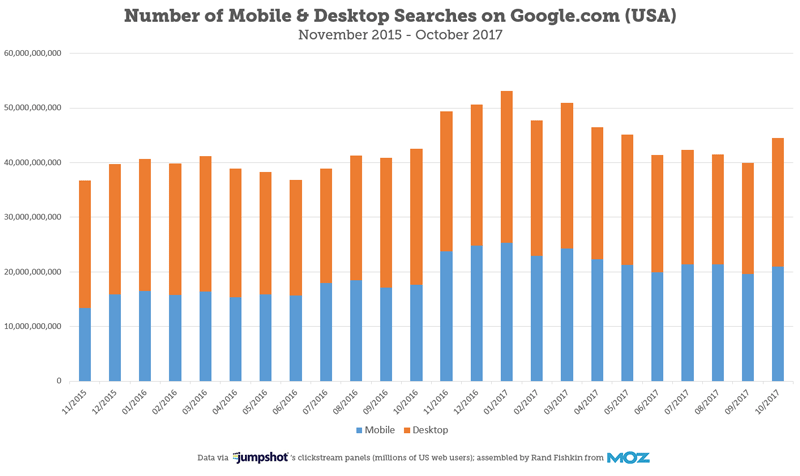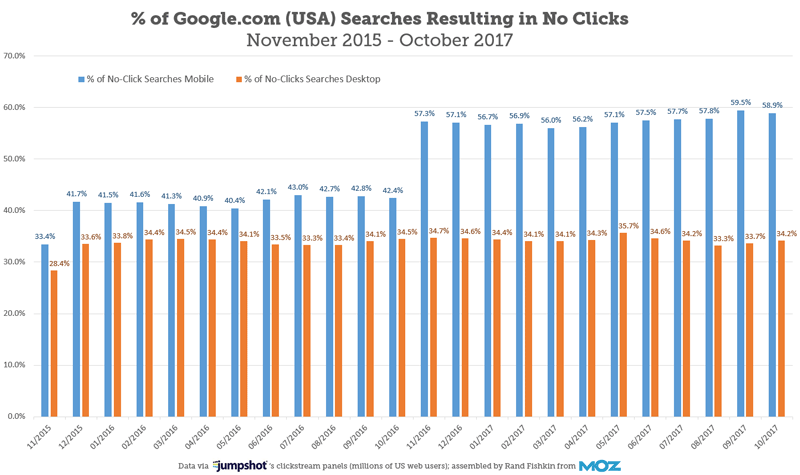Introduction to SEO
What is SEO?
SEO stands for “search engine optimization.” It’s the practice of increasing both the quality and quantity of website traffic, as well as exposure to your brand, through non-paid (also known as "organic") search engine results.
Despite the acronym, SEO is as much about people as it is about search engines themselves. It’s about understanding what people are searching for online, the answers they are seeking, the words they’re using, and the type of content they wish to consume. Knowing the answers to these questions will allow you to connect to the people who are searching online for the solutions you offer.
If knowing your audience’s intent is one side of the SEO coin, delivering it in a way search engine crawlers can find and understand is the other. In this guide, expect to learn how to do both.
Search engine basics
Search engines are answer machines. They scour billions of pieces of content and evaluate thousands of factors to determine which content is most likely to answer your query.
Search engines do all of this by discovering and cataloguing all available content on the Internet (web pages, PDFs, images, videos, etc.) via a process known as “crawling and indexing,” and then ordering it by how well it matches the query in a process we refer to as “ranking.” We’ll cover crawling, indexing, and ranking in more detail in the next chapter.
Which search results are "organic"?
As we said earlier, organic search results are the ones that are earned through effective SEO, not paid for (i.e. not advertising). These used to be easy to spot - the ads were clearly labeled as such and the remaining results typically took the form of "10 blue links" listed below them. But with the way search has changed, how can we spot organic results today?
Today, search engine results pages — often referred to as “SERPs” — are filled with both more advertising and more dynamic organic results formats (called “SERP features”) than we've ever seen before. Some examples of SERP features are featured snippets (or answer boxes), People Also Ask boxes, image carousels, etc. New SERP features continue to emerge, driven largely by what people are seeking.
For example, if you search for "Denver weather," you’ll see a weather forecast for the city of Denver directly in the SERP instead of a link to a site that might have that forecast. And, if you search for “pizza Denver,” you’ll see a “local pack” result made up of Denver pizza places. Convenient, right?
It’s important to remember that search engines make money from advertising. Their goal is to better solve searcher’s queries (within SERPs), to keep searchers coming back, and to keep them on the SERPs longer.
Some SERP features on Google are organic and can be influenced by SEO. These include featured snippets (a promoted organic result that displays an answer inside a box) and related questions (a.k.a. "People Also Ask" boxes).
It's worth noting that there are many other search features that, even though they aren't paid advertising, can't typically be influenced by SEO. These features often have data acquired from proprietary data sources, such as Wikipedia, WebMD, and IMDb.
Why SEO is important
While paid advertising, social media, and other online platforms can generate traffic to websites, the majority of online traffic is driven by search engines.
Organic search results cover more digital real estate, appear more credible to savvy searchers, and receive way more clicks than paid advertisements. For example, of all US searches, only ~2.8% of people click on paid advertisements.
Below is a look at total search volume across the last two years:

Some important points I take away from this graph:
- Seasonality is a big factor, and there’s a spike in searches between October-March each year (more people inside? holidays? cold weather?)
- Year over year, the period of January-October, 2017 has 13.4% more search volume than the same months in 2016
- September 2017 was a little smaller than September 2016, the only year-over-year dip in our chart, but hard to point to as a pattern given October’s recovery
- That 13.4% represents 53.59 Billion more queries, which is just about the total number of searches Google did, worldwide, in my first year in the SEO world (2003)
- While we can’t be sure of the reason, I strongly suspect that big spike starting in November, 2016 and continuing through to March, 2017 was bolstered by the US election
The big story is search is still huge in the US, and still growing at a fast clip. So far, I’m not feeling particularly nervous about SEO opportunity.
Next, let’s look at organic vs. paid (AdWords) clickthroughs over the same period:

The data here shows us raw clicks, not clickthrough rate. And while the chart looks similar, I have some different takeaways:
- The high point in number of clicks (to both organic and paid results) was in January 2017, but I don’t like the look of the summer and fall of this year
- The four lowest points in the graph are all in the last 6 months (June-September, 2017)
- Seasonality doesn’t explain the drop fully, leading me to think there is somewhat less opportunity to earn clicks in Google now than there was in the time period leading up to this summer
Looking at this graph, I realized I needed another way to visualize the data. I wanted to understand how many clicks per search are happening each month, so I made a new chart that illustrates that trend:

The metric of “clicks / ten search queries” helps us avoid seasonality biases and look instead at the rate of queries that lead to traffic opportunity. Here, the reality is sobering.
- The high point was the first month of the graph, November 2015
- Since then, there have been two significant declines in organic clicks/query (12/2015 and 11/2016) and one significant decline in paid clicks/query (01/2016, though it’s now nearly recovered)
- The 5.41 clicks/10 queries in October, 2017 is 23% lower than the 6.97 clicks/10 queries we had back in November, 2015. That’s a lot of lost SEO opportunity
- I haven’t yet tried to tie the drops back to noted changes in the SERPs, but I suspect the growth in featured snippets, instant answers, and knowledge panels in the results are at least partially responsible
- The growth of search volume has made up for much of the lost click opportunities, but this is a tough trend chart to see as an SEO
- That said, SEO still gets ~20X more traffic than PPC, and it doesn’t cost anything close to as much, so there’s still a massive advantage to ranking organically
My conclusion from this — we’re living in a world with slightly less SEO opportunity and a trendline over the last couple years that worries and frustrates me. Granted, there’s still incredibly more traffic opportunity in Google’s organic results than A) anywhere else on the web B) there was at anytime from 1997-2015 C) there is in AdWords/PPC by a factor of 20X! and D) we can see here because this data is only for the US, and Google’s still growing at a much more rapid pace in many other parts of the world. But, I plan to keep a careful eye on this.
The last chart in my series looks specifically at “no-click” searches, where a query is performed but isn’t followed by a visit to any result. I wanted to see how this tied together with the loss in clicks/query above.

The matching step-growth in mobile, “no-click” searches is uncanny. It aligns almost perfectly with what we saw above in the reduced click/query data, and suggests mobile (at least in the 11/2016 period) was the primary culprit in organic click loss.
For those who might leave this post thinking “oh no, it’s the SEO apocalypse!” please think a little deeper 
My advice is to pay attention to the results you care about, and watch for opportunity to take click-share, expand the types of SERP features you can appear in, and keep an eye on both rankings and traffic for mobile and desktop. Meanwhile, I’ll keep watching the aggregate data with Jumpshot and hope to have more to share on this front soon.
p.s. Jumpshot’s panel of web users fluctuates over time. To account for this, they normalize against the estimated size of the US’ Internet population. That said, their data is limited to mostly desktop, laptop, and Android devices, with less coverage for iOS. So, while we have a great deal of confidence in the numbers thanks to the panel size, accounting for variance and imperfect coverage is wise.
